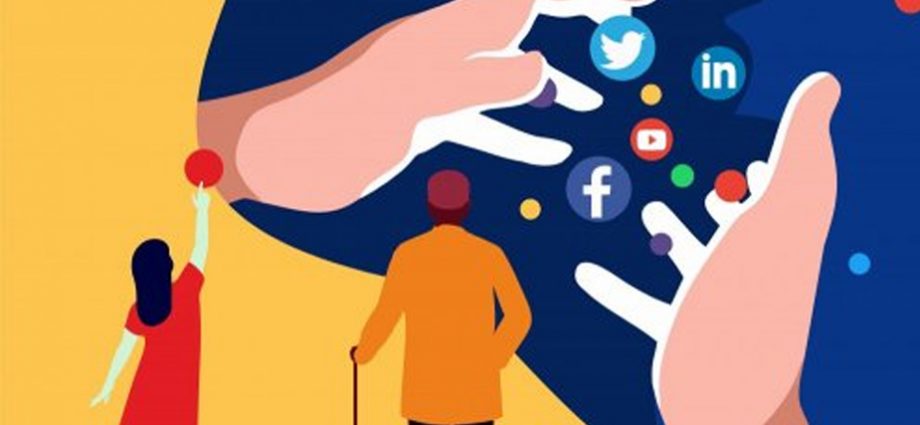Adult learning is considered to pave the way for taking responsibility for one’s own life and actively participating in the development of committees. As we are social beings, we need to find and maintain meanings of life by being actively involved in social life. Those who are socially excluded tend to experience various psychological problems and other barriers in their lives. When adult people are socially included, they have friends; they experience a sense of belonging; they have valued rules in the community; they actively participate in the community; they are involved in activities based on their personal preferences; and they are excepted for who they are within their communities.
Development and rapid improvement of Internet has made it possible to be socially included through various virtual ways. People from all over the world with common interests and problems have the chance to feel that they belong to a community. Use of Internet for social inclusion is therefore could be a good opportunity not only for adults who need social inclusion but also for countries that aim to have socially included citizens.
Adjusting the demands of a modern world, for example the need to use computer and technology and have access to internet, is a major challenge for adults. The digital barriers can pose a threat as they can become elements of exclusion. Both personal attributes and the usability of a technology-users’ satisfaction with the ease of use of the devices have an impact on adults’ decision to use a technology. Well-planned trainings could help to achieve these goals.
Studies show many advantages of including adults in the digital world. Some of the advantages of using information and communication technologies by adults include increased quality of life, decreased feelings of loneliness and depression, increased feelings of independence and personal growth. When adult people’s mobility decreases with aging and they experience vision and cognitive impairments, their quality of life is affected negatively. Digital inclusion is regarded as an important opportunity to enhance social network and support that can be achieved through internet. Adult people can utilize many different benefits of internet such as communicating with friends and families, sharing jokes, pictures and entertaining content, playing online games, learning about medical issues, etc.
However, it is important to know that limited access and low technological knowledge and skills prevent adults from fully benefiting from these opportunities, which makes them digitally excluded. Educators, policy makers, and politicians should understand the needs and limitations of this population if they want to turn digital divide into digital inclusion. Needs of adult people are different from those of the younger generation. No solution can be provided without addressing their unique needs. For instance, simply owning the digital tools and having access does not guarantee actual technology use and adoption. Given that both devices and skills and interest are required for the digital inclusion of adults, this chapter provides information about how to enable digital inclusion, develop skills, which barriers exist, and what basic skills can be instructed to adults.
Major Topic: Digital Inclusion of Adults
Learning Objectives
By the end of the Learning Unit, trainees will be capable of:
- become familiar with the concept of digital inclusion
- become aware of the factors associated with digital exclusion
- learn how to find technologies available for digital inclusion
- recognize the main tools used available for digital inclusion
- search for web sources that enable digital literacy and main digital skills
- become aware of the concept of digital storytelling and how to prepare one
Basic Concepts
▪ Social Inclusion ▪ Digital Storytelling ▪ Social Media ▪ Online Education Resources ▪ Barriers to Digital Inclusion | ▪ Digital Tools ▪ Foundation Skills ▪ 21st Century Skills ▪ Digital Literacy ▪ Digital Inclusion |
Topics
- Barriers to Digital Inclusion
- Technologies Designed to Promote Digital Inclusion
- Digital Skills and Employment
- Enabling Access to Digital Technologies
- Digital Storytelling for Inclusion


